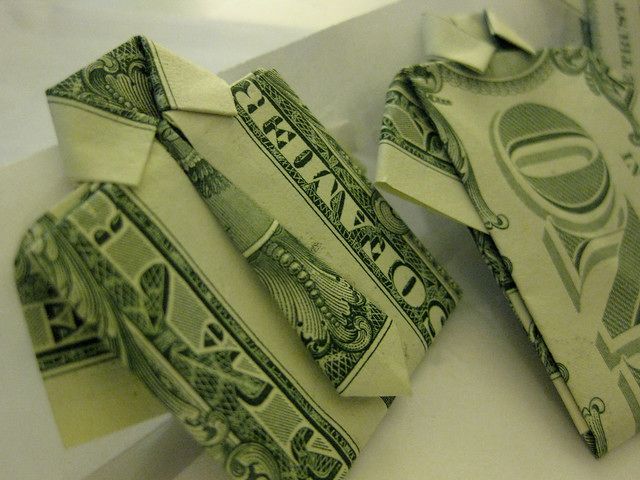What Is Covered By NY State’s Clothing Sales Tax Exemption?

Attention Sheepshead Bay shoppers, you can now buy higher-priced clothing and footwear tax-free courtesy of the New York State government.
Going into effect yesterday and spanning the next year, New York State has doubled the per-item amount exempt from state sales tax to $110, meaning any items that cost less than $110 will be free of the 4 percent tax the state government levies. For the past year, the maximum was $55 – though it has been up and down since the state first instated the $110 maximum in 2000.
New York City already makes items under $110 exempt, bringing both the city and state in-step. That’s got to make some cashiers happy, eliminating the weird math of charging no tax for items under $55, state tax for items more than $55 and less than $110, and both taxes for items over $110.
So what’s covered by this exemption? Here’s the rundown:
- Clothing and footwear worn by humans.
- Most fabric, thread, yarn, buttons, snaps, hooks and zippers.
- Antique clothing and footwear purchased for human wear and not collector’s items.
- Belt buckles, handkerchiefs, sweatbands, head scarves and neckwear.
- Monogramming, application of decals, logos and like items if it is sold in conjunction with the sale of clothing and the price for the item is less than $110 (if separate, monogramming is taxed as a service).
Not exempt:
- Jewelry, watches and like items.
- Equipment such as tool belts, hard hats and sport, bicycle and motorcycle helmets.
- Protective goggles or safety glasses (unless prescription).
- Sporting equipment.
- Clothing sold with other taxable merchandise as a single unit (for example, a boxed gift set with dress shirt, cufflinks and a tie tack).
- Costumes.
- Rented formal wear.
- Fabric, thread, yarn, buttons, snaps, hooks and zippers used to repair taxable items.
- Handbags, umbrellas, and other accessories.
Other information:
- Delivery, shipping and handling charges are not taken into account in determining the cost of an item.
- Manufacturer’s coupons DO NOT reduce the selling price for purposes of determining whether the item is sold for less than $110.
- Store coupons DO reduce the selling price for determining whether or not the item is taxable.




